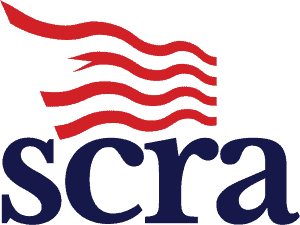Soldiers and Sailors Civil Relief Act

The Soldiers and Sailors Civil Relief Act (SSCRA), passed in 1918 and reenacted 1940, was created to provide legal protections to military members. In 2003, the Servicemembers Civil Relief Act (SCRA) was signed into federal law in order to clarify and update the SSCRA. The SCRA rights include more protections and benefits for service members and provides protections for Reservists and National Guard as well.
Contents
History of the Soldiers and Sailors Civil Relief Act
The SSCRA of 1918 was enacted with the intention of offering certain protections to service members and those entering active duty during World War I. This original act allowed courts to stay civil proceedings against active duty service members. The 1940 version revised the 1918 act, expanding the amount of time a court could postpone civil judicial proceedings beyond the period of active duty until military members were able to protect their interests. World War II and subsequent armed conflicts necessitated
General provisions
The SSCRA was intended to protect service members during active duty in order to allow them to focus their energies on national defense by postponing civil proceedings against them until they had time to return home and were able to appear in court. Courts must determine whether or not the servicemembers are materially affected by their service regarding the civil action with specific focus on the servicemember’s ability to protect rights or meet financial obligations. As the Act was amended and ultimately replaced with the Servicemembers Civil Relief Act in 2003, provisions began to include protections and benefits regarding mortgage interest rates, mortgage foreclosure, rental agreements, automobile leases, housing lease, and reopening default judgments.
SCRA eligibility
SCRA rights apply to active duty members of the Army, Nacy, Air Force, Marine Corps, and Coast Guard, as well as Reserve members and National Guard mobilized under certain circumstances. SCRA applies to members of the armed forces from when they enter active duty until a certain amount of time after leaving active duty, often 30 days to a year depending on the circumstances.
Servicemembers Civil Relief Act Centralized Verification Service
If a court is asking for verification on an individual’s active duty status to ensure they are eligible to certain SCRA protections, you can do so through the Servicemembers Civil Relief Act Centralized Verification Service. All you need to do to place a verification order is sign up or log in to your account and give as much information on the individual you are searching as you can. If you require a military or non-military affidavit, SCRACVS also provides these as add-ons to your orders. If you wish to learn more about SCRA, head over to scra.com and you will find many interesting articles and blogs on the subject.

